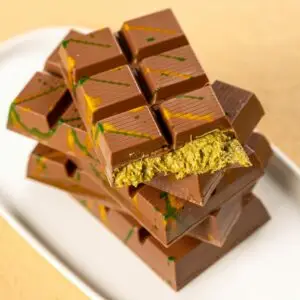Labubu dolls began as charming, mischievous creatures inspired by Nordic folklore—designed in 2015 by Hong Kong-born artist Kasing Lung, who grew up in the Netherlands. Originally part of his “The Monsters” series, the doll was meant to evoke playful woodland sprites, not evil spirits
From Elf to Demon: How It Happened
-
Exorcist Warning: In late 2024, an exorcist on a podcast urged Christians to avoid Labubu dolls, calling them “spiritually dangerous.” This sparked concern among some religious influencers
-
TikTok Panic: By mid-2025, TikTok creators like @tailahofficial were sharing warnings about Labubu’s “sinister vibes,” claiming they’d caused bad experiences
-
Pazuzu Connection: The rumors hit peak absurdity when someone posted a doctored AI image comparing Labubu to Pazuzu, the ancient Mesopotamian demon from The Exorcist. The mainstream internet quickly debunked the similarity
Internet Response
-
Many called it “religious psychosis” driven by meme culture
-
Gen Z humorists satirized the panic by blessing dolls in church or mocking burn rituals
Final Verdict
Labubu remains a collectible toy—Nordic folklore meets vinyl art—not a demon. The Pazuzu association is purely an internet myth fueled by viral hysteria, AI fakery, and religious fearmongering. Unless Pop Mart starts claiming demonic origins, Labubu is just quirky, not cursed.


